Jianlin Shi
University of Utah, Salt Lake City, UT, USA
Launching into clinical space with medspaCy: a new clinical text processing toolkit in Python
Jun 14, 2021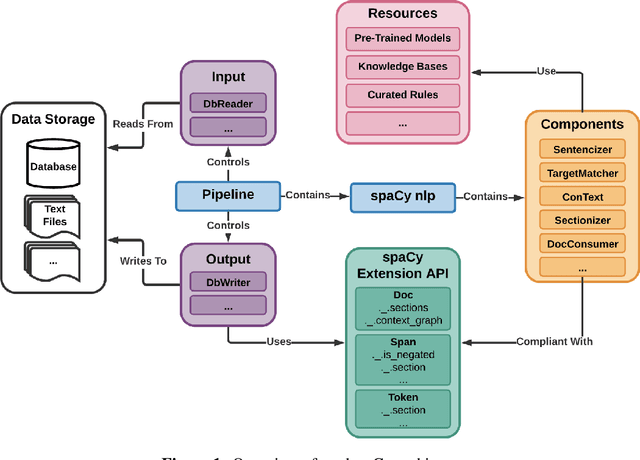

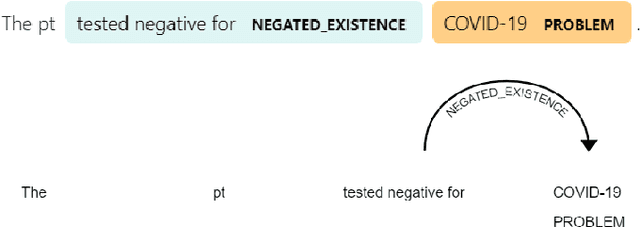
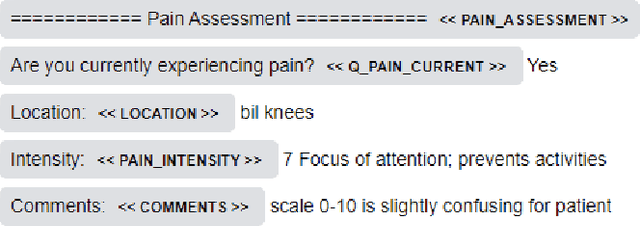
Abstract:Despite impressive success of machine learning algorithms in clinical natural language processing (cNLP), rule-based approaches still have a prominent role. In this paper, we introduce medspaCy, an extensible, open-source cNLP library based on spaCy framework that allows flexible integration of rule-based and machine learning-based algorithms adapted to clinical text. MedspaCy includes a variety of components that meet common cNLP needs such as context analysis and mapping to standard terminologies. By utilizing spaCy's clear and easy-to-use conventions, medspaCy enables development of custom pipelines that integrate easily with other spaCy-based modules. Our toolkit includes several core components and facilitates rapid development of pipelines for clinical text.
A generic rule-based system for clinical trial patient selection
Jul 16, 2019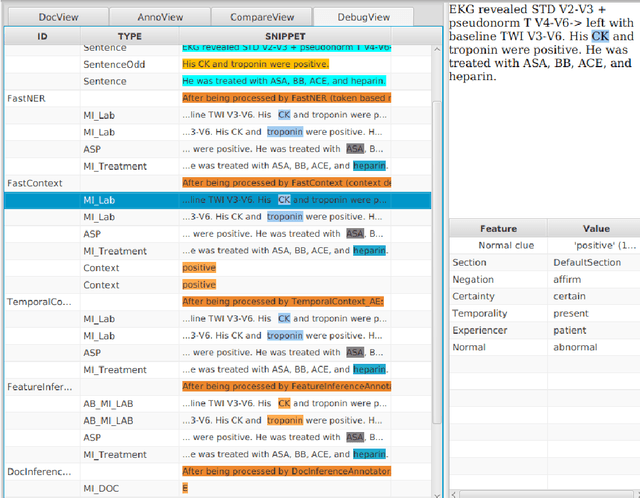
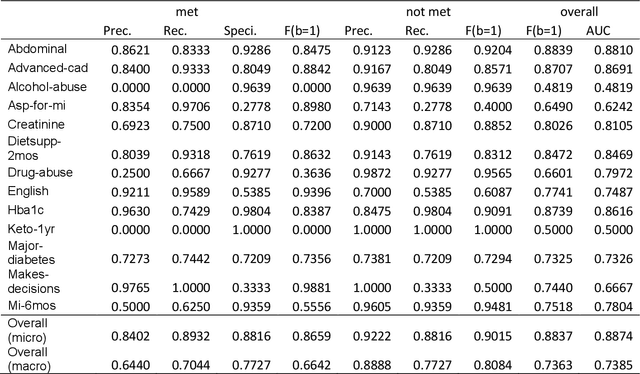


Abstract:The n2c2 2018 Challenge task 1 aimed to identify patients who meet lists of heterogeneous inclusion/exclusion criteria for a hypothetical clinical trial. We demonstrate a generic rule-based natural language pipeline can support this task with decent performance (the average F1 score on the test set is 0.89, ranked the 8th out of 45 teams ).
FastContext: an efficient and scalable implementation of the ConText algorithm
Apr 30, 2019
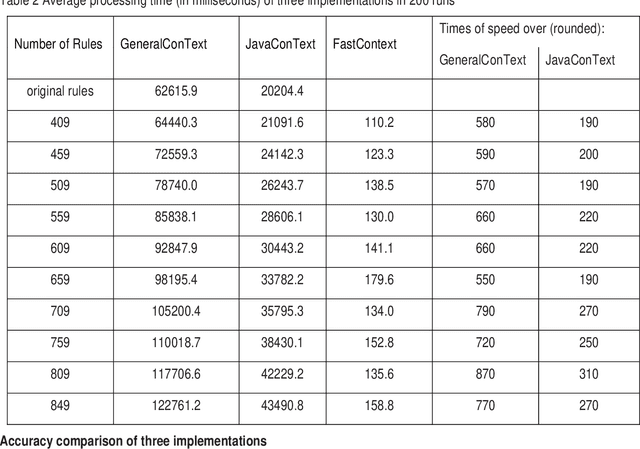
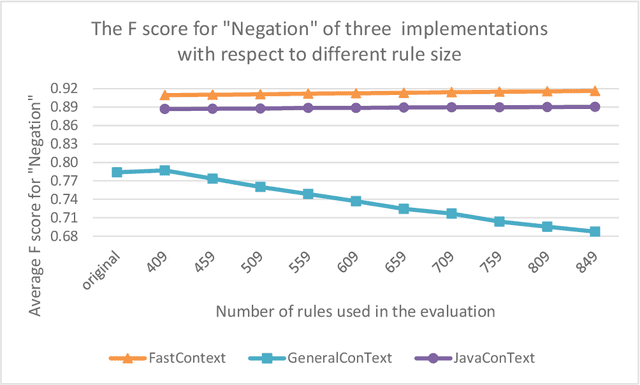
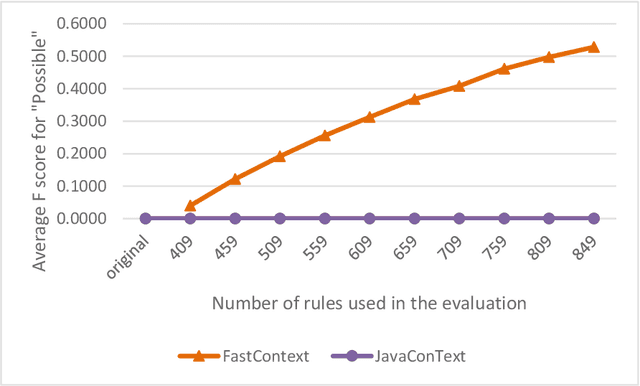
Abstract:Objective: To develop and evaluate FastContext, an efficient, scalable implementation of the ConText algorithm suitable for very large-scale clinical natural language processing. Background: The ConText algorithm performs with state-of-art accuracy in detecting the experiencer, negation status, and temporality of concept mentions in clinical narratives. However, the speed limitation of its current implementations hinders its use in big data processing. Methods: We developed FastContext through hashing the ConText's rules, then compared its speed and accuracy with JavaConText and GeneralConText, two widely used Java implementations. Results: FastContext ran two orders of magnitude faster and was less decelerated by rule increase than the other two implementations used in this study for comparison. Additionally, FastContext consistently gained accuracy improvement as the rules increased (the desired outcome of adding new rules), while the other two implementations did not. Conclusions: FastContext is an efficient, scalable implementation of the popular ConText algorithm, suitable for natural language applications on very large clinical corpora.
 Add to Chrome
Add to Chrome Add to Firefox
Add to Firefox Add to Edge
Add to Edge